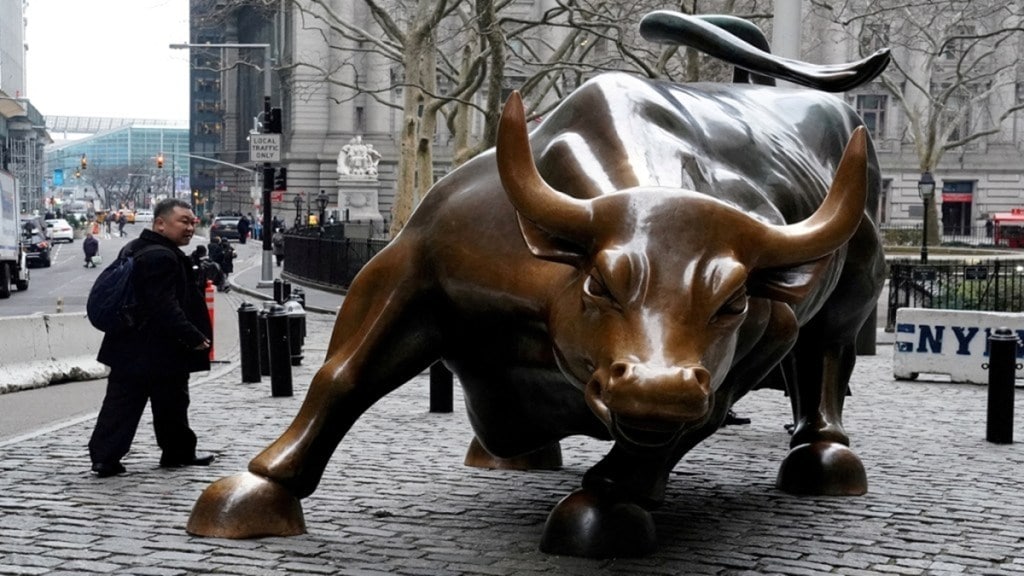The big day for the financial markets has arrived. The Bureau of Labor Statistics will release US inflation figures for February 2025 on Wednesday, March 12.
Why is the US CPI data for February important? Bond and equity markets may see a steep sell-off if the reading is hotter than anticipated because investors may reassess their rate expectations.
In contrast, a lower-than-expected inflation figure may lead to a relief rally in the market. This could help large-cap and tech big tech stocks recover lost ground after being battered over the last few days.
US stock futures rose on Wednesday as investors awaited the most recent consumer inflation data, which might impact expectations for Federal Reserve policy. Markets are already under pressure after Trump’s statement on recession. In Tuesday’s regular trading session, major indexes declined, with the Dow dropping 1.14%, the S&P 500 losing 0.76%, and the Nasdaq Composite slipping 0.18%
Earlier, in a Fox News interview, President Trump declined to rule out a recession as a result of his administration’s tariff policy changes, calling the present economic phase as a “period of transition”.
This statement from Trump saw US markets shed over a trillion dollars on Monday, pushing the Nasdaq index into correction.
On Tuesday, Trump took a step back and said he doesn’t see it (recession) at all, in a reply to a media query.
Trump tariffs are posing a challenge for the US Fed, as the weakening of the economy may force Powell to cut rates sooner than later. Powell, had earlier suggested that they are not in a hurry to cut rates and future rate cuts will depend on incoming data.
Markets expect the headline Consumer Price Index (CPI) to rise 0.3% month on month and the annual inflation rate to cool to 2.9%, down from 3% in January. Economists predict a 0.3% monthly increase in the core CPI, which excludes volatile food and energy components and is closely monitored by the Federal Reserve. This would result in an annual rate of 3.2%, somewhat lower than the 3.3% reported in January.
US Inflation peaked at 9.1% in June 2022. Inflation has been declining since then, but in June 2023 it finally reached 3%. Between June 2023 and now, inflation is hovering around 3%. In September 2024, inflation was at its lowest when it touched 2.4%.
After January’s results surprised to the upside, the February data will be closely watched for indications that the disinflationary trend is still in place.
The scenario turns interesting from here on – Trump wants Powell to cut rates but the Fed Chief has repeatedly said that unless data demands, the rates won’t be reduced in a hurry. The next FOMC meeting is on March 18-19, and will there be a surprise for Powell in today’s CPI numbers, remains to be seen.

